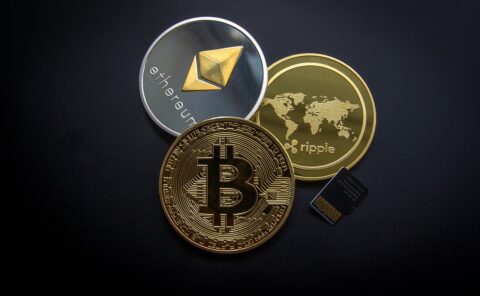Contents
Welcome to the wonderful world of Brazilian currency! If you’re planning a trip to Brazil or just want to impress your friends with your knowledge of foreign currencies, then you’ve come to the right place. The Brazilian real may not be as well-known as the US dollar or the Euro, but it’s a fascinating currency with a rich history and some unique features that make it stand out from the crowd.
In this post, we’ll give you a crash course in Brazilian currency, covering everything from the history of the real to its current value and all the quirks and idiosyncrasies that make it a currency worth knowing about. But, if you want to learn more about exchange rates, you can check it out here: usfirstexchange.com/Brazilian-Real.
So grab a cup of coffee (or a caipirinha, if you prefer), and let’s dive into the exciting world of the Brazilian real!
The History of the Brazilian Real: From Hyperinflation to Stability
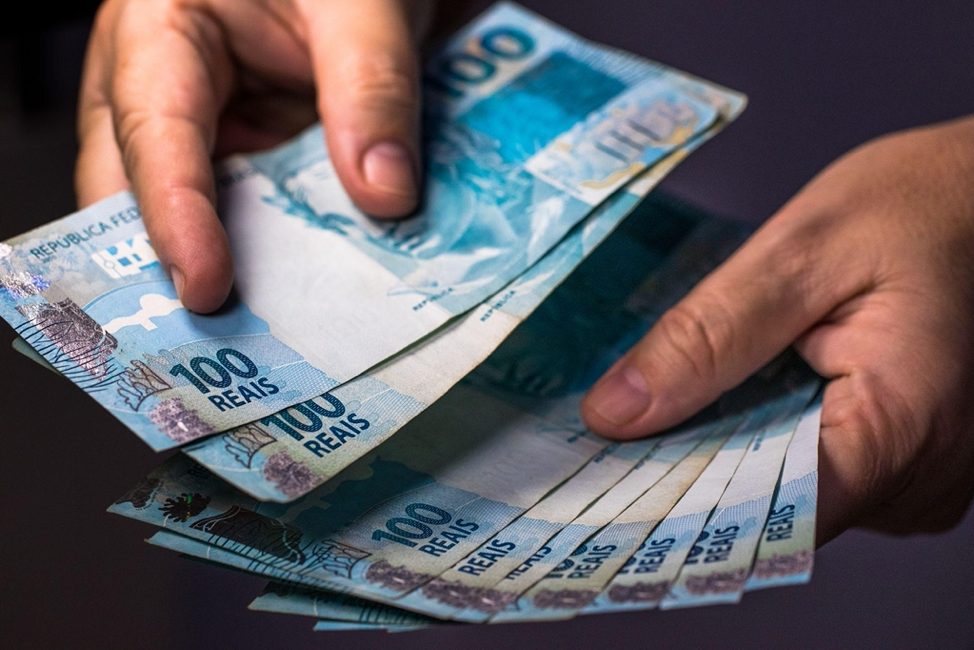
The history of the Brazilian real is a tale of economic ups and downs. In the 1980s and early 1990s, Brazil suffered from hyperinflation, which made it difficult for people to buy even necessities. In response, the government introduced a new currency, the real, in 1994. At first, the real was pegged to the US dollar, but this led to problems when the dollar strengthened, and Brazil’s exports became less competitive.
In 1999, the real was allowed to float freely against other currencies, which led to some volatility in its value. However, the Brazilian economy stabilized over time, and the real became a relatively stable currency. Today, the real is used for most transactions in Brazil and is widely accepted by businesses and individuals alike.
Brazilian Real vs. Other Currencies: A Comparison of Exchange Rates
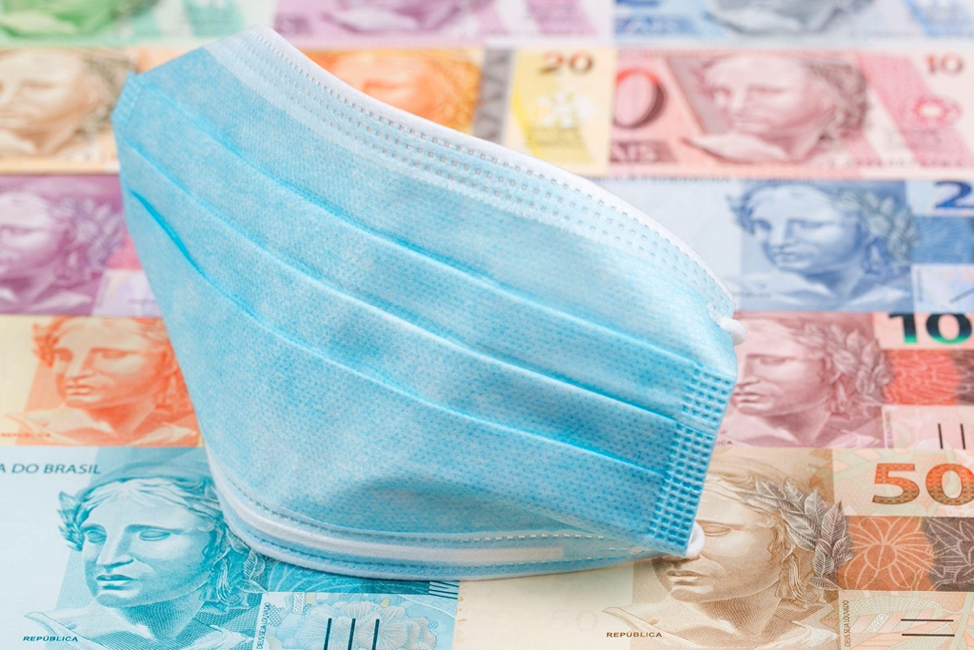
The Brazilian real is one of the most widely traded currencies in the world, and its exchange rate can significantly impact global markets. Compared to other major currencies, such as the US dollar, the Euro, and the Japanese yen, the real has historically been more volatile and subject to fluctuations.
One factor that can influence the exchange rate of the Brazilian real is commodity prices. Brazil is a major producer of commodities such as soybeans, coffee, and iron ore, and changes in the prices of these commodities can affect the actual value. Another factor is the political and economic climate in Brazil. In addition, the COVID-19 pandemic has significantly impacted the Brazilian economy, leading to a depreciation of the real relative to other currencies.
Despite these challenges, the Brazilian real remains an essential currency in the global economy, and investors and analysts closely watch its exchange rate. Understanding the factors that can influence the value of the real can be helpful for anyone interested in trading or investing in foreign currencies.
Brazilian Real Coins and Banknotes
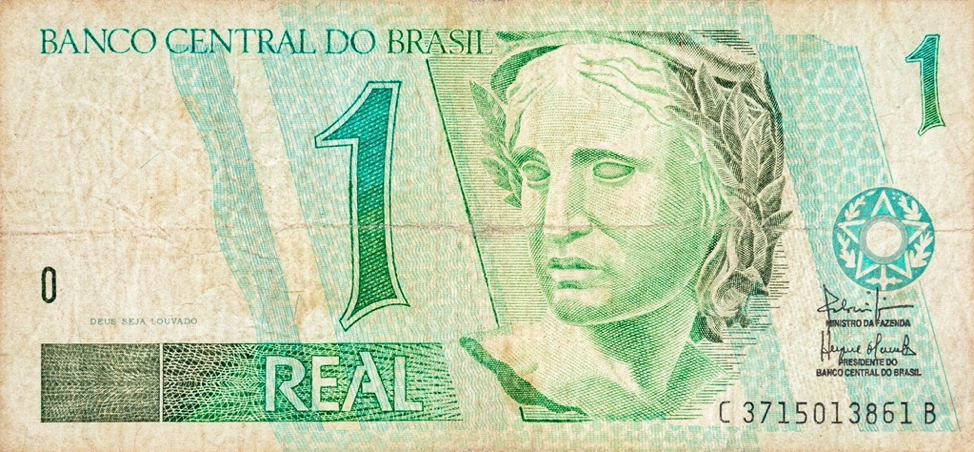
The Brazilian real is divided into bills and coins, each with different denominations. They come in the following denominations: 2 BRL, 5 BRL, 10 BRL, 20 BRL, 50 BRL, 100 BRL, and 200 BRL, for banknotes.
Each bill features a sculpture portraying Effigy of the Republic on one side and an animal native to Brazil on the other. For example, the 200 BRL bill features a picture of a sculpture on one side, and an image of the maned wolf, a native animal of Brazil, on the other.
The coins of the Brazilian real come in the following denominations: 0.01 BRLl, 0.05 BRL, 0.10 BRL, 0.25 BRL, 0.50 BRL, and 1 BRL. Each coin has a unique design and size, making it easy to distinguish. For example, the 0.50 BRL coin features a picture of the Baron of Rio Branco, José Maria da Silva Paranhos Júnior,
Brazilian diplomat and historian
Overall, the denominations of the Brazilian real offer a diverse range of transaction options, making it easy to use the currency for both small and large purchases.
Security Measures of Brazilian Real Banknotes
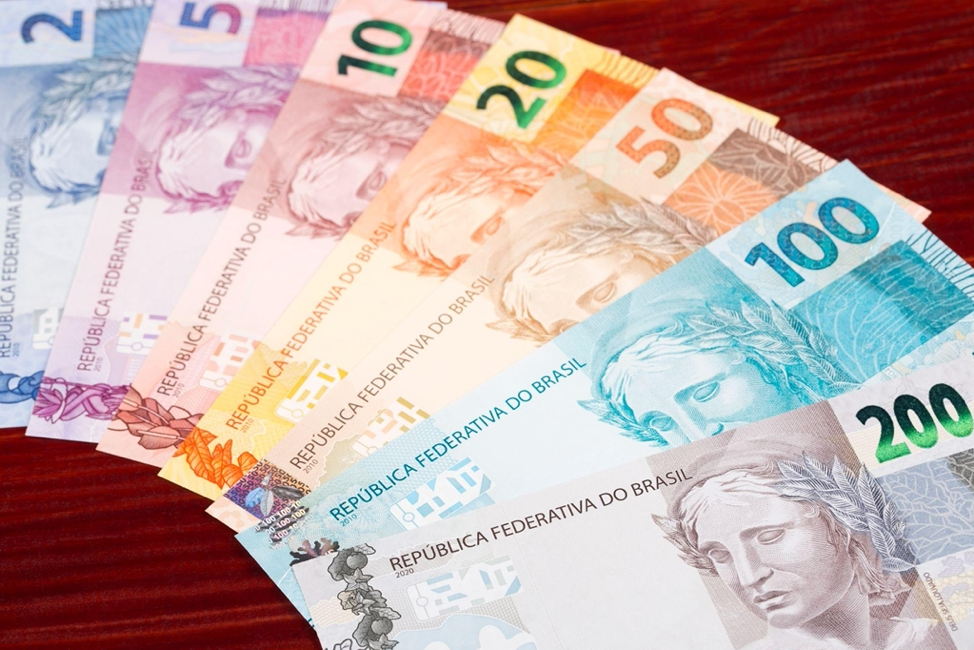
As one of the most widely traded currencies in the world, the Brazilian real is a prime target for counterfeiters. To combat this, the Central Bank of Brazil has implemented various security measures in its banknotes to make them more challenging to counterfeit.
Each bill has several security features designed to deter counterfeiters, such as:
Watermarks: each bill has a unique watermark that can only be seen when held up to the light.
Raised printing: certain areas of the bill have raised ink to the touch. For example, on bills from 20 BRL to 200BRL on the banknote’s inscription “Banco Central Do Brasil”, the animal and their values in the ink is raised, which can be felt under the fingers.
Security thread: a thin, embedded thread that can be seen when held to the light is also implemented in real banknotes.
Ultraviolet Fluorescence: The values of the notes appear in the indicated location as a shining number when viewed under UV light. Bright fibers run across both sides of the note as the red serial number turns yellow and changes color.
While they turn violet at the R$2, R$5, R$10, R$20, R$50, and R$100 banknotes, each fiber displays at the 200 BRL banknote displays three colors: red, light blue, and dark blue.
These security features make it difficult for counterfeiters to replicate the Brazilian real banknotes. The Central Bank of Brazil also regularly updates its security measures to stay ahead of counterfeiters and ensure the currency’s integrity. The Brazilian real banknotes are highly secure and use state-of-the-art technology to prevent counterfeiting. This makes them a safe and reliable form of currency for both domestic and international transactions.
Summing It Up
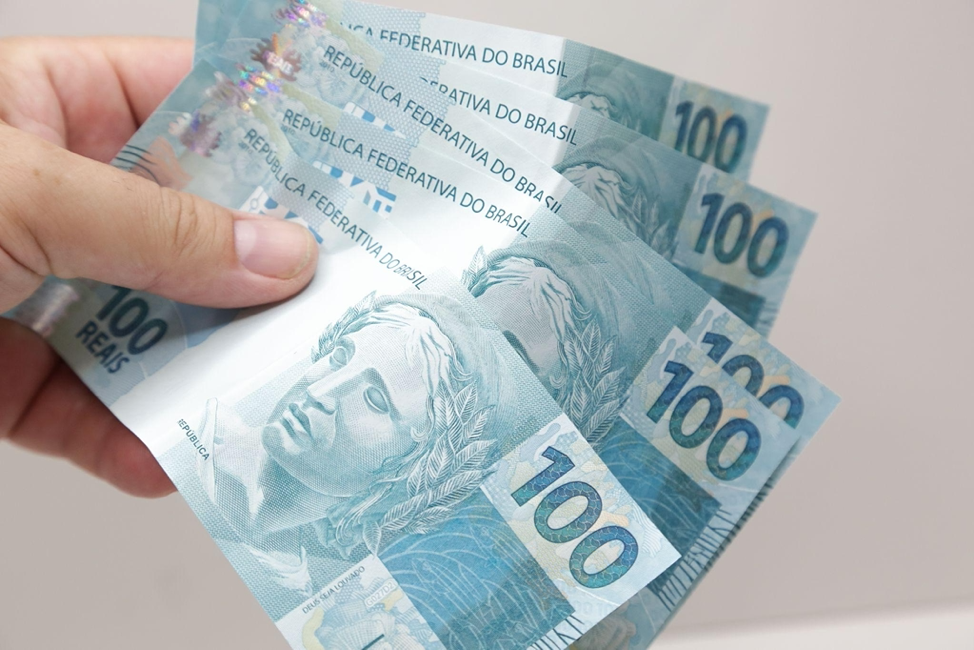
To sum everything up, here are the basic information about the Brazilian currency:
- The currency code is BRL.
- The symbol is R$.
- The banknotes are R$2, R$5, R$10, R$20, R$50, R$100, R$200.
- The coins are 5, 10, 25, 50 centavos, and R$1.
Overall, the Brazilian real is a relatively secure, exchangeable currency offering diverse transaction options. Whether you’re a tourist visiting Brazil or a resident, the Brazilian real is essential to the country’s economy and daily life.


